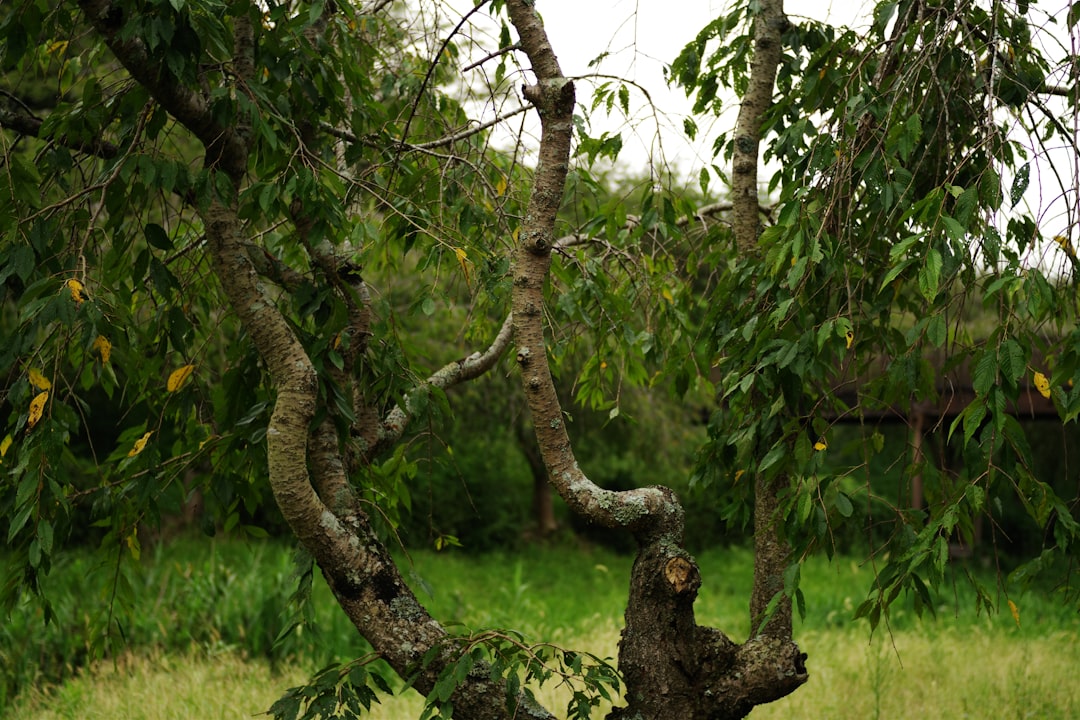The Secret to Thriving Beet Gardens

Edible gardening is a rewarding endeavor, and among the many vegetables you can cultivate, beets stand out as a versatile and nutritious choice. These cool - weather vegetables offer not only delicious roots but also edible leaves, making them a double treat for gardeners.
### Understanding Beets
Beets, scientifically known as Beta vulgaris, are biennial plants that are typically grown as annuals. They come in a variety of colors, including the classic deep red, golden, and even striped varieties. The root is the most commonly consumed part, but the leaves, often referred to as beet greens, are also highly nutritious and can be used in salads, stir - fries, or cooked like spinach.
### Choosing the Right Variety
When it comes to growing beets, choosing the right variety is crucial. Some popular varieties include 'Detroit Dark Red,' which is a classic with a deep red color and sweet flavor. 'Golden Detroit' offers a milder, sweeter taste and a beautiful golden hue. 'Chioggia' is known for its striking red and white striped interior, adding a decorative touch to your plate as well as your garden. Consider your climate, available space, and personal taste preferences when selecting a variety.
### Preparing the Soil
Beets thrive in well - drained, loose soil with a pH between 6.0 and 7.5. Start by clearing the area of any weeds, rocks, or debris. Incorporate plenty of organic matter, such as compost or well - rotted manure, into the soil. This will improve the soil structure, provide essential nutrients, and help retain moisture. A raised bed can be an excellent option for growing beets, as it allows for better drainage and easier weed control.
### Planting Beets
Beets are a cool - weather crop, so they can be planted in early spring, as soon as the soil can be worked, or in late summer for a fall harvest. Sow the seeds directly into the soil, about half an inch deep and one to two inches apart. If you're planting in rows, space the rows about 12 to 18 inches apart. Keep the soil consistently moist until the seeds germinate, which usually takes about 7 to 14 days.
### Thinning the Seedlings
Once the beet seedlings have emerged, they will need to be thinned. This is an important step, as overcrowded beets will not grow to their full potential. Thin the seedlings so that they are about three to four inches apart. You can use the thinned seedlings as microgreens in salads or other dishes.
### Watering and Fertilizing
Beets need regular watering, especially during dry spells. Aim to keep the soil evenly moist, but not waterlogged. Overwatering can lead to root rot, while underwatering can cause the beets to become tough and woody. As for fertilizing, a balanced, all - purpose fertilizer can be applied at planting time. Side - dress with additional fertilizer about halfway through the growing season to ensure healthy growth.
### Pest and Disease Control
Beets are relatively pest - and disease - resistant, but they can still be affected by a few common problems. Aphids, leaf miners, and flea beetles can sometimes attack the leaves. You can control these pests by using insecticidal soaps or neem oil. Diseases such as leaf spot and powdery mildew can be prevented by providing good air circulation and avoiding overhead watering.
### Harvesting Beets
Beets can be harvested when they reach the desired size, usually about 1.5 to 3 inches in diameter. You can gently pull the beets from the soil, being careful not to damage the roots. Leave the tops on the beets and store them in a cool, dark place. The beet greens can be harvested at any time during the growing season. Simply cut the outer leaves, leaving the inner ones to continue growing.
### Culinary Uses
Beets are incredibly versatile in the kitchen. They can be roasted, boiled, steamed, or pickled. Roasted beets are a popular choice, as they develop a sweet, caramelized flavor. You can also add beets to salads, soups, or stews. The beet greens can be used in a variety of dishes, from sautéed greens with garlic to beet green pesto.
In conclusion, growing beets is a wonderful addition to any edible garden. With the right care and attention, you can enjoy a bountiful harvest of these delicious and nutritious vegetables throughout the growing season.